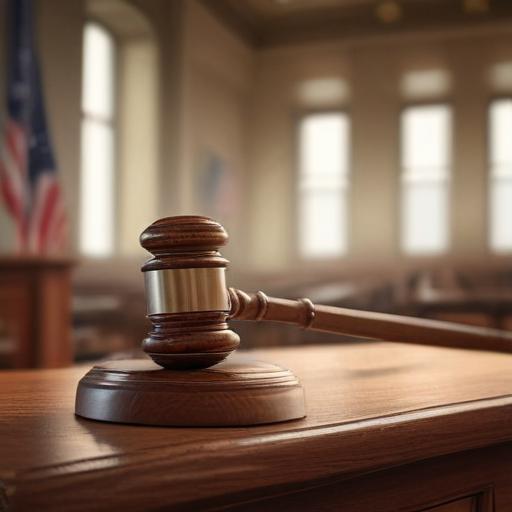The US Supreme Court has ruled to block public funding for a religious charter school in Oklahoma, a decision that maintains the separation between church and state mandated by the Constitution. An evenly split vote of 4-4 confirmed a ruling by the Oklahoma State Supreme Court, which determined that the establishment of the charter school, run by the Catholic Archdiocese of Oklahoma City and the Diocese of Tulsa, would violate constitutional constraints on public funding for religious institutions.
The proposed school was to receive approximately $23.3 million in state funding over the next five years, but with the Supreme Court’s deadlock, public funding for what would have been the nation’s first religious charter school is now off the table. Legal experts have noted that while this ruling is significant, it does not set a national precedent and future cases on this issue may be considered by the justices.
Justice Amy Coney Barrett recused herself from the case, and the announcement regarding the ruling was notably brief, simply stating, “The judgment is affirmed by an equally divided Court.” The case has sparked discussions on the boundaries of religious freedom, as outlined in the First Amendment, which prohibits governmental actions that could establish a dominant religion.
Oklahoma Attorney General Gentner Drummond viewed the Supreme Court’s decision as a win for religious liberty, arguing it protects taxpayer funds from flowing to religious schools. Meanwhile, proponents of the religious charter school expressed disappointment, claiming that the decision discriminates against them based on their religious affiliation. They affirmed their commitment to parental choice in education and are now considering alternative options to provide virtual Catholic education across the state.
As tensions around educational funding and religious freedom continue, this case highlights a significant legal and cultural moment in America regarding the intersection of education, government funding, and religious rights. The outcome suggests that while the expansion of charter schools has gained traction, concerns over the potential implications for taxpayer funding in religious education remain a contentious issue.
This ruling reinforces the ongoing debate about the role of public funding in religious education, emphasizing the need for clear boundaries to protect both educational choices and constitutional rights. The commitment by the charter school to explore virtual options may also reflect the innovative approaches educators are taking in light of evolving legal landscapes.
